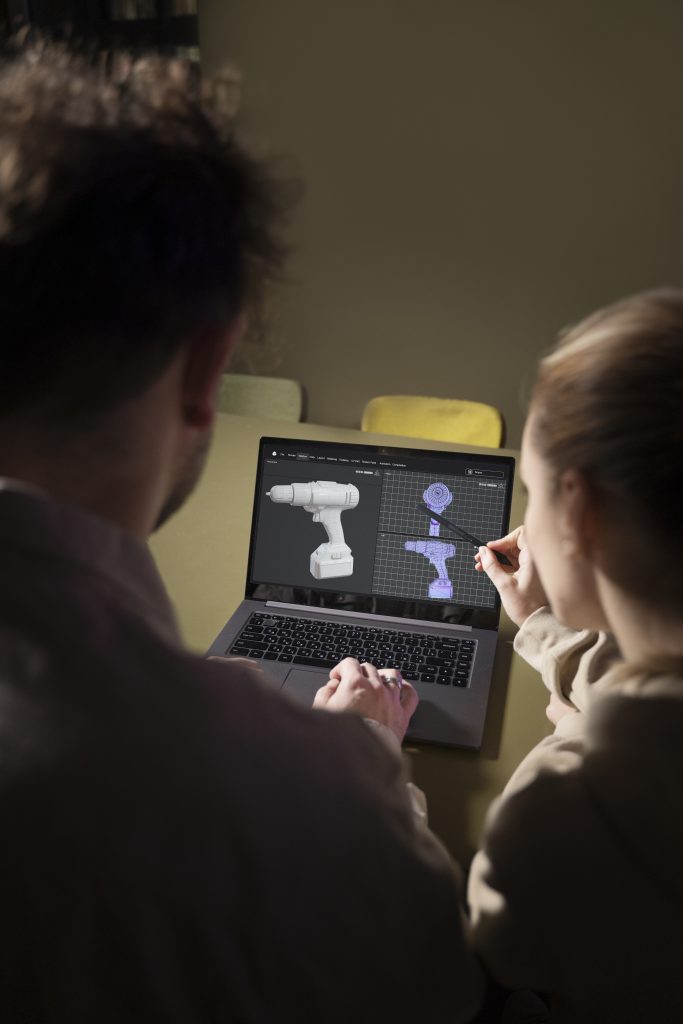Research Paper
This research introduces a novel framework for Human-AI collaboration in software design. As AI technologies become more powerful and pervasive, the study explores how human creativity and AI capabilities can co-create more efficient, innovative, and scalable software solutions. Through a mixed-methods approach, including case studies, developer interviews, and performance metrics, the study examines how AI tools improve decision-making, automate repetitive tasks, and boost innovation—while also identifying key challenges around trust, adaptability, and transparency in AI-supported environments.
Authors
- Junaid Baig Mirza
- MD Mohaiminul Hasan
- Rajesh Paul
- MD Nadil Khan
- Mohammad Rakibul Hasan
- Ali Hassan
- MD Ariful Islam
Short DOI: 10.62127/aijmr.2025.v03i01.1125
Link: https://www.aijmr.com/research-paper.php?id=1125
Cite This: Human-AI Collaboration in Software Design: A Framework for Efficient Co-Creation – MD Nadil khan, MD Mohaiminul Hasan, Junaid Baig Mirza, Rajesh Paul, Mohammad Rakibul Hasan, Ali Hassan, MD Ariful Islam – AIJMR Volume 3, Issue 1, January-February 2025.
Developers using AI-assisted tools completed projects 20% faster, with designs rated 20% higher in user satisfaction compared to non-AI teams.
Data Sources
This study used a mixed-method approach, combining:
Sources included existing AI development tools, industry use cases, and software performance datasets collected through controlled design iterations.
Qualitative data: Semi-structured interviews with 20 software developers and project managers experienced in AI-assisted tools.
Quantitative data: Experimental testing of AI tools (e.g., code suggestion engines, bug detectors, and design assistants) in real-world software projects.
Analysis Techniques
Qualitative: Thematic analysis of developer interviews to understand trust, workflow integration, and collaboration dynamics with AI tools.
Quantitative: Statistical tests (e.g., descriptive statistics, t-tests) to compare key performance indicators—design quality, speed, and iterations—between AI-assisted and traditional groups.
Data ethics ensured through anonymization and adherence to explainable AI (XAI) principles.
AI-powered tools improved productivity by up to 35% by automating tasks like bug detection, code generation, and design validation, allowing developers to focus on innovation.

Key Findings & Insights
Automation Efficiency
AI cut down routine task time (e.g., bug fixing, boilerplate coding) by 30–40%, increasing focus on architecture and UX.
Creative Boost
AI-generated design suggestions aligned with market trends, leading to more innovative and user-centric features.
Decision Support
Predictive modeling helped developers choose optimal design paths 75% of the time, improving overall decision accuracy.
Iteration Reduction
Teams using AI needed fewer design iterations, reducing backtracking and time-to-delivery.
Challenges
Trust & Transparency: Developers hesitate to fully rely on AI outputs without explainable reasoning.
Adaptability: Integrating AI into established workflows required training and behavioral change.
Privacy & Security: Use of sensitive design data raised concerns over data confidentiality and algorithmic bias.
Recommendations & Future Directions
Invest in Explainable AI (XAI)
to build developer trust by making AI decisions more transparent and interpretable.
Upskill Development Teams
with targeted training programs to facilitate smooth AI tool adoption.
Embed AI Tools into IDEs
and common development platforms to ensure minimal workflow disruption.
Expand AI Use Cases
into UI/UX, system architecture, and project management for holistic software design support.



Leave a Reply